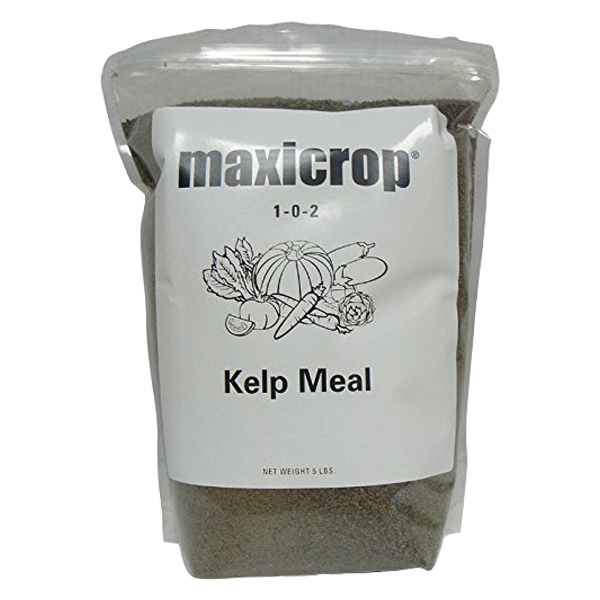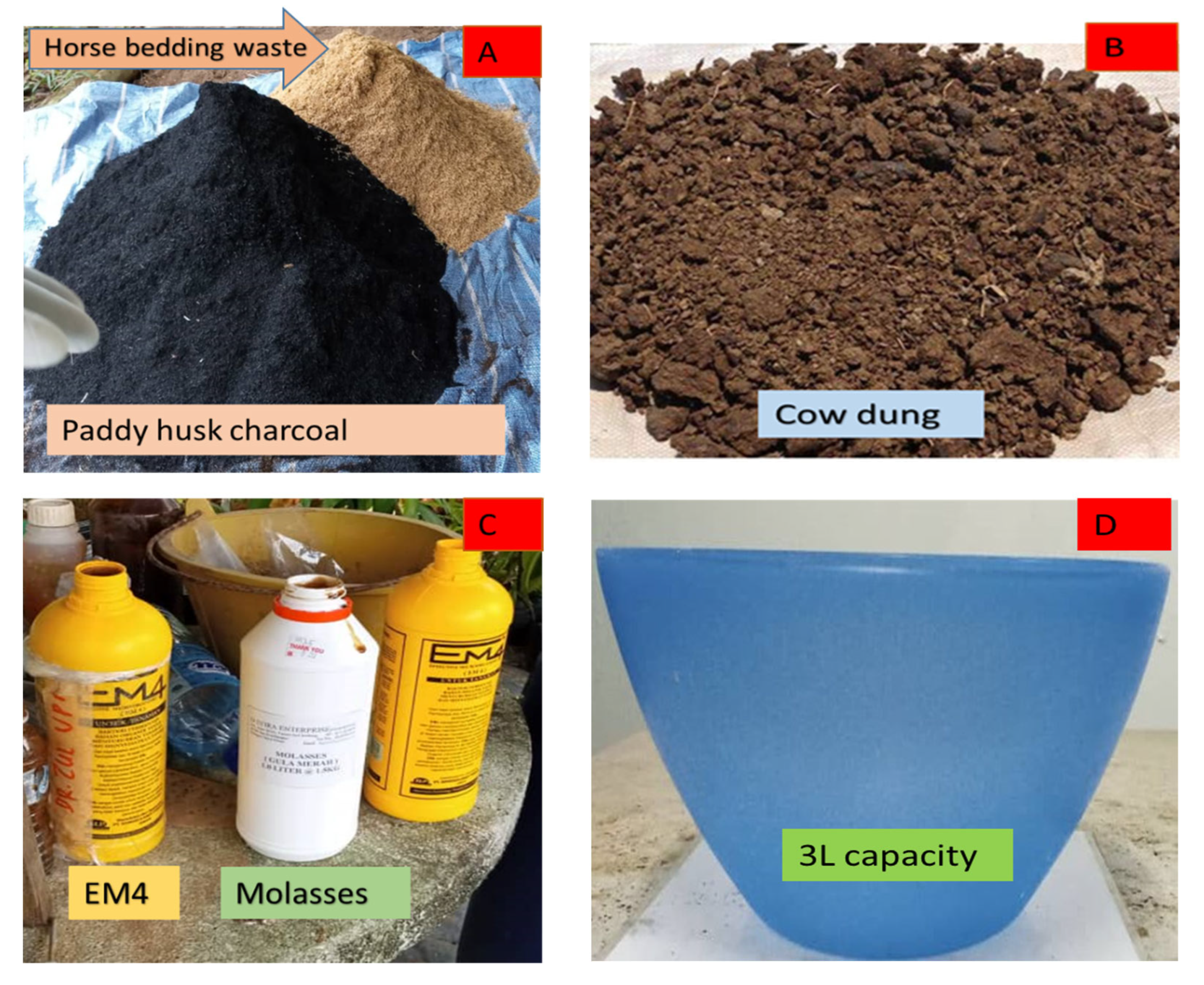Liquid Soil Amendments: The Ultimate Guide To Improving Your Soil
Liquid Soil Amendments: The Ultimate Guide to Improving Your Soil
Soil is the foundation of any healthy garden or lawn. It provides plants with the nutrients they need to grow, as well as the water and air they need to thrive. But not all soils are created equal. Some soils are sandy and nutrient-poor, while others are clayey and compacted. Liquid soil amendments can help to improve the quality of any soil, regardless of its type.
Liquid soil amendments are a concentrated form of nutrients and organic matter that can be easily added to soil. They are available in a variety of formulations, each designed to address a specific soil issue. For example, some liquid soil amendments are high in nitrogen, which can help to promote plant growth. Others are high in phosphorus, which can help to improve root development. Still others contain beneficial bacteria and fungi that can help to break down organic matter and improve soil fertility.
Liquid soil amendments can be applied to soil in a variety of ways. They can be watered in, sprayed on leaves, or injected into the soil. The best method of application will vary depending on the type of liquid soil amendment you are using and the condition of your soil.
If you are looking for a way to improve the quality of your soil and boost plant growth, liquid soil amendments are a great option. They are easy to use, effective, and available in a variety of formulations to meet your specific needs.
[Introduction]
Soil is the foundation of any healthy garden or lawn. It provides plants with the nutrients they need to grow, as well as the water and air they need to thrive. But not all soils are created equal. Some soils are sandy and nutrient-poor, while others are clayey and compacted. Liquid soil amendments can help to improve the quality of any soil, regardless of its type.
[Main Content]
Liquid soil amendments are a concentrated form of nutrients and organic matter that can be easily added to soil. They are available in a variety of formulations, each designed to address a specific soil issue. For example, some liquid soil amendments are high in nitrogen, which can help to promote plant growth. Others are high in phosphorus, which can help to improve root development. Still others contain beneficial bacteria and fungi that can help to break down organic matter and improve soil fertility.
Liquid soil amendments can be applied to soil in a variety of ways. They can be watered in, sprayed on leaves, or injected into the soil. The best method of application will vary depending on the type of liquid soil amendment you are using and the condition of your soil.
[Benefits of Liquid Soil Amendments]
There are many benefits to using liquid soil amendments. Some of the most common benefits include:
- Improved soil fertility: Liquid soil amendments can help to improve the nutrient content of soil, which can lead to healthier and more vigorous plants.
- Increased water retention: Liquid soil amendments can help to improve the water retention capacity of soil, which can help plants to survive during dry periods.
- Improved drainage: Liquid soil amendments can help to improve the drainage of clayey soils, which can help to prevent waterlogging and root rot.
- Increased aeration: Liquid soil amendments can help to increase the aeration of compacted soils, which can help to improve root growth and nutrient uptake.
- Reduced erosion: Liquid soil amendments can help to reduce soil erosion by binding soil particles together.
- Increased resistance to pests and diseases: Liquid soil amendments can help to increase the resistance of plants to pests and diseases by promoting healthy root growth and by providing beneficial microorganisms that can help to suppress pests and diseases.
[How to Use Liquid Soil Amendments]
The best way to use liquid soil amendments will vary depending on the type of liquid soil amendment you are using and the condition of your soil. However, some general tips for using liquid soil amendments include:
- Read the label carefully before using any liquid soil amendment. This will help you to determine the correct dosage and application method.
- Apply liquid soil amendments to moist soil. This will help to prevent the amendment from burning plants.
- Water the soil thoroughly after applying liquid soil amendments. This will help to distribute the amendment evenly and to help it to reach the roots of plants.
- Repeat applications of liquid soil amendments as needed, depending on the type of amendment you are using and the condition of your soil.
[Conclusion]
Liquid soil amendments are a valuable tool for improving the quality of soil and promoting plant growth. They are easy to use, effective, and available in a variety of formulations to meet your specific needs. If you are looking for a way to improve your garden or lawn, liquid soil amendments are a great option.
Are you looking for a way to improve the health and productivity of your soil? If so, liquid soil amendments may be the answer for you. Liquid soil amendments are a natural way to add nutrients and organic matter to your soil, which can help to improve drainage, aeration, and water retention. They can also help to increase the availability of nutrients to your plants, which can lead to healthier, more vigorous growth.
There are many different types of liquid soil amendments available, so it is important to choose one that is right for your specific needs. Some popular options include:
- Compost tea: This is a liquid fertilizer made by steeping compost in water. It is a good source of nutrients and beneficial microbes.
- Fish emulsion: This is a liquid fertilizer made from the fermentation of fish. It is a good source of nitrogen and other nutrients.
- Kelp meal: This is a powder or liquid fertilizer made from seaweed. It is a good source of micronutrients, such as potassium, magnesium, and iron.
To use liquid soil amendments, simply mix them with water according to the instructions on the label. Then, apply the mixture to your soil around the base of your plants. You can apply liquid soil amendments once a month during the growing season.
For more information about liquid soil amendments, please visit Home Gardening.
FAQ of liquid soil amendments
- What are liquid soil amendments?
Liquid soil amendments are concentrated solutions of nutrients and other beneficial substances that are added to soil to improve its fertility and health. They can be used to correct nutrient deficiencies, improve drainage, aerate the soil, and promote the growth of beneficial microbes.
- What are the benefits of using liquid soil amendments?
Liquid soil amendments offer a number of benefits over traditional solid fertilizers, including:
* They are more easily absorbed by plants, so they can provide faster results.
* They are less likely to burn plants, as they are diluted in water.
* They can be applied more evenly, which helps to ensure that all of your plants receive the nutrients they need.
* They are often more environmentally friendly than solid fertilizers, as they can be made from organic materials.
- What are the different types of liquid soil amendments?
There are many different types of liquid soil amendments available, each with its own unique benefits. Some of the most common types include:
* Fish emulsion: This is a liquid fertilizer made from fish scraps. It is a good source of nitrogen, phosphorus, and potassium, and it also contains beneficial microbes.
* Kelp extract: This is a liquid fertilizer made from seaweed. It is a good source of micronutrients, and it also helps to improve the overall health of the soil.
* Humic acid: This is a naturally occurring substance that is found in soil. It helps to improve the water retention capacity of the soil, and it also provides nutrients to plants.
* Mycorrhizae: These are beneficial fungi that form a symbiotic relationship with plant roots. They help plants to absorb nutrients and water more efficiently.
- How do I use liquid soil amendments?
The instructions for using liquid soil amendments will vary depending on the product you are using. However, in general, you will need to dilute the amendment in water according to the directions on the label. You can then apply the solution to the soil around your plants using a watering can or hose.
- How often should I use liquid soil amendments?
The frequency with which you need to use liquid soil amendments will depend on the type of amendment you are using, the condition of your soil, and the type of plants you are growing. However, in general, you will need to apply liquid soil amendments once or twice a month during the growing season.
- What are the potential risks of using liquid soil amendments?
Liquid soil amendments can be harmful to plants if they are not used properly. It is important to read the instructions on the label carefully and to follow them exactly. You should also avoid using liquid soil amendments on plants that are already stressed or unhealthy.
- Where can I buy liquid soil amendments?
Liquid soil amendments are available at most garden centers and online retailers.
Image of liquid soil amendments
10 different images of liquid soil amendments that are free to use.
- Fish emulsion is a liquid fertilizer made from the decomposed remains of fish. It is a good source of nitrogen, phosphorus, and potassium, and it also contains beneficial microbes.

- Kelp meal is a liquid fertilizer made from seaweed. It is a good source of micronutrients, such as iron, magnesium, and zinc, and it also contains plant hormones that can help to promote plant growth.

- Compost tea is a liquid fertilizer made by steeping compost in water. It is a good source of organic matter and beneficial microbes, and it can help to improve the overall health of your soil.

- Bokashi is a fermented liquid fertilizer made from food scraps. It is a good source of nitrogen and organic matter, and it can help to improve the water retention and drainage of your soil.

- Worm castings are the excrement of earthworms. They are a very rich source of nutrients, including nitrogen, phosphorus, potassium, and calcium. They also contain beneficial microbes that can help to improve the health of your soil.

- Bat guano is a high-nitrogen fertilizer made from the droppings of bats. It is a good choice for plants that require a lot of nitrogen, such as tomatoes and peppers.

- Algae extract is a liquid fertilizer made from algae. It is a good source of micronutrients, such as iron, magnesium, and zinc, and it also contains plant hormones that can help to promote plant growth.

- Echinacea extract is a liquid fertilizer made from the root of the echinacea plant. It is a good source of potassium and phosphorus, and it also contains antioxidants that can help to protect plants from stress.

- Yucca extract is a liquid fertilizer made from the yucca plant. It is a good source of saponins, which can help to improve the water retention and drainage of your soil.
- Humic acid is a type of organic matter that is found in soil. It is a good source of nutrients, such as nitrogen, phosphorus, and potassium, and it also helps to improve the overall health of your soil.


Post a Comment for "Liquid Soil Amendments: The Ultimate Guide To Improving Your Soil"